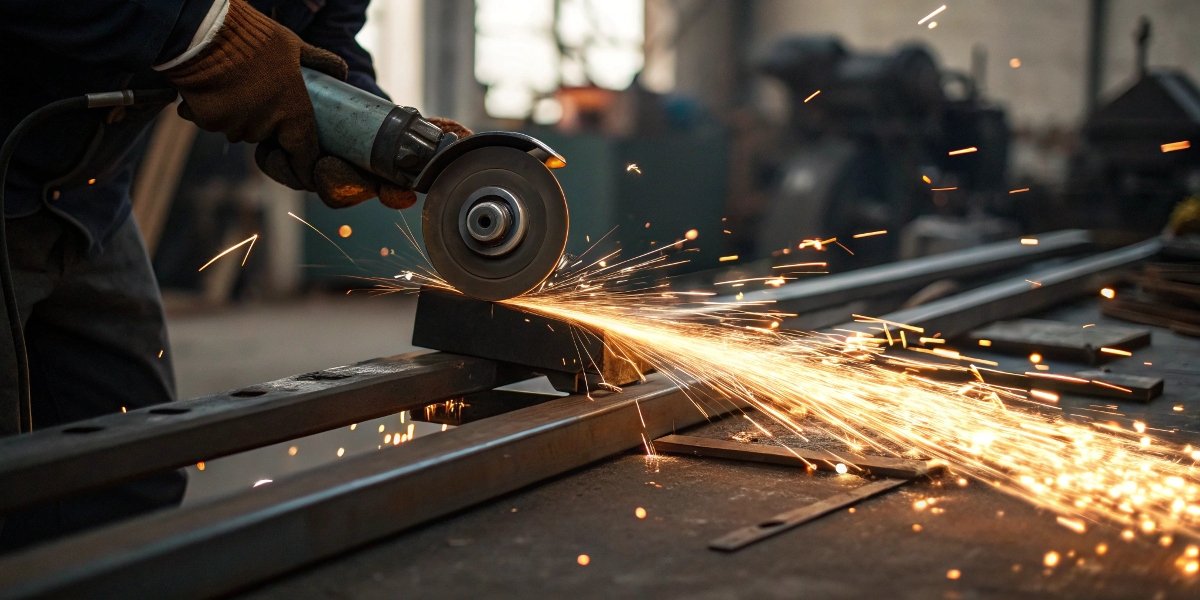
Staring at a thick piece of steel, are you wondering if your angle grinder is up to the task? Pushing the tool too hard on thick material can lead to slow progress, burnt-out motors, and dangerous disc failures.
The practical cutting depth for an angle grinder is limited by the disc’s radius minus the clearance needed for the tool’s flange and motor housing. For most handheld grinders, this means efficiently cutting steel up to about 1/2 inch (12mm) thick is possible, but not always practical. [1, 2]
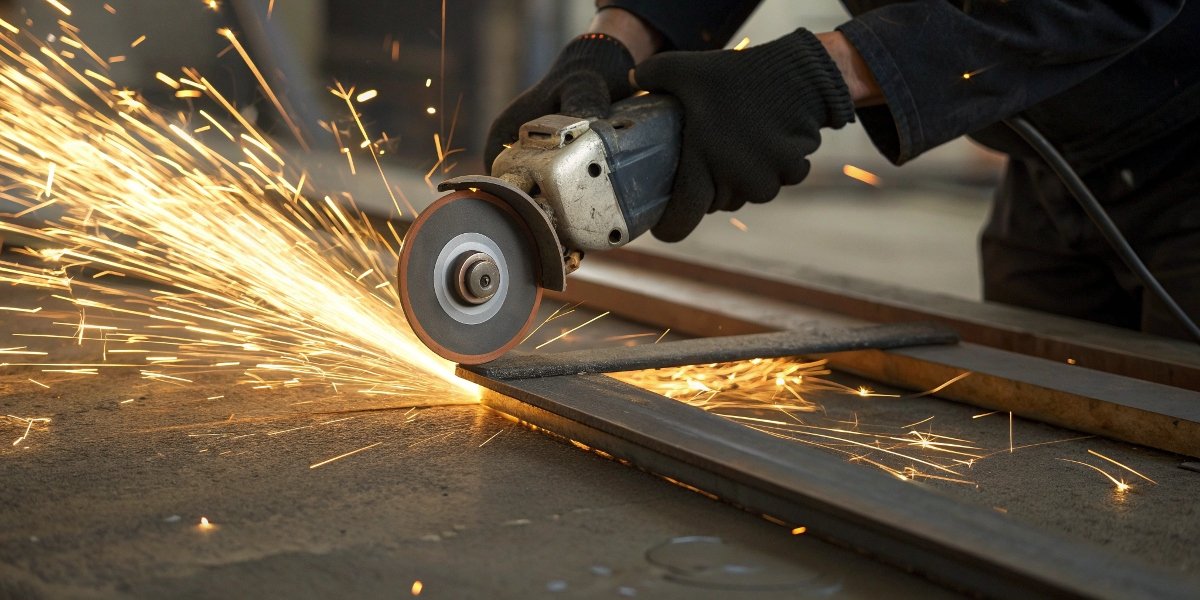
My experience in manufacturing abrasives has taught me that a tool’s theoretical limit is different from its practical, efficient limit. While you can cut thick steel an inch at a time from multiple sides, it is not the right way to do it. For steel thicker than 1/4 inch to 1/2 inch, other methods like plasma cutting1, oxy-fuel torches2, or large abrasive chop saws are far more effective and safer. We design our cutting discs for performance, but the angle grinder3 itself has physical limitations. Choosing the right process is the first step to success.
How thick steel can an angle grinder cut?
You have a job to do and need to know the real-world cutting limit. Will your 4.5-inch grinder handle that rebar, or do you need the power and size of a 9-inch model for that I-beam?
A small 4.5-inch grinder can realistically cut steel up to about 1/2 inch (12mm) thick, while a large 9-inch grinder can manage depths of over 2 inches (50mm). [1, 5, 6] Very thick plate often requires cutting from both sides. [5]
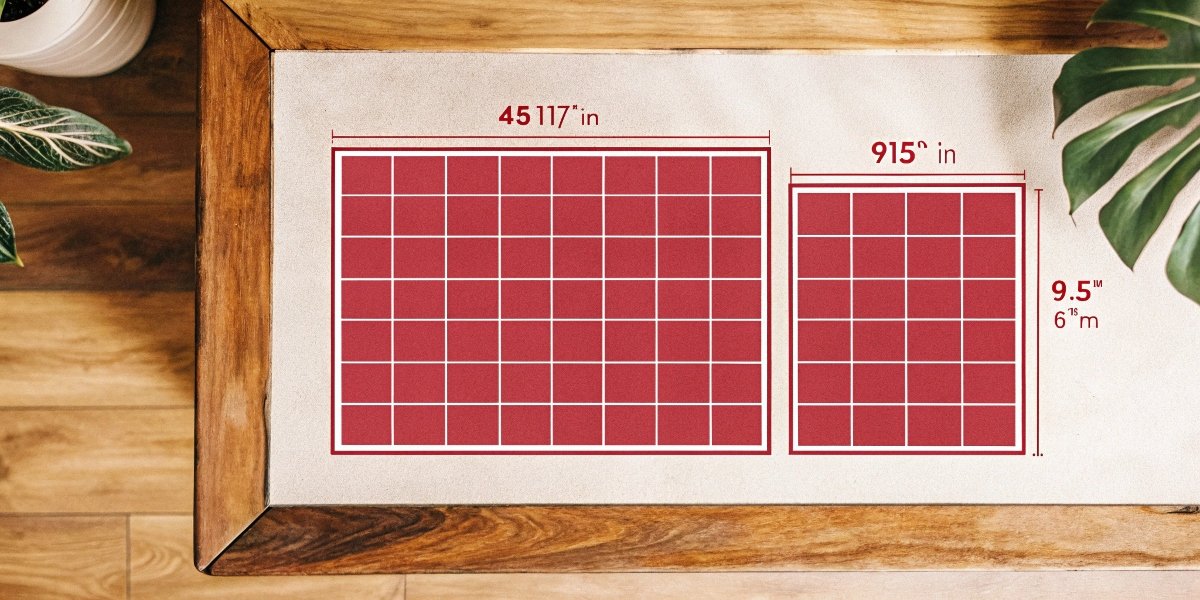
The true cutting depth is not half the disc’s diameter. You have to account for the locking flange and the gearbox housing that get in the way. A brand-new 4.5-inch (115mm) disc has a radius of 2.25 inches, but you will only get about 1 to 1.5 inches of actual cutting depth. The same logic applies to all sizes. A large 9-inch (230mm) grinder, with its massive disc, is the tool for deep cuts. It has the power and the diameter to slice through thick stock, but it comes with its own challenges. For a purchasing manager, it is important to match the tool to the most common tasks. A fleet of 4.5-inch grinder4s is perfect for fabrication and rebar, while a few 9-inch grinder5s handle the heavy demolition and structural work. Below is a realistic guide.
| Grinder Size | Disc Diameter | Approximate Max. Cut Depth (Single Pass) |
|---|---|---|
| Small | 4.5" (115mm) | 1" – 1.5" (~25-38mm) |
| Medium | 5" (125mm) | 1.25" – 1.75" (~32-44mm) |
| Large | 9" (230mm) | 3" – 3.5" (~75-89mm) |
Why are 9 inch angle grinders banned?
Have you been told you can’t use a 9-inch grinder on a work site? You might wonder why such a powerful and effective tool would face restrictions. The reason is not a defect, but a sober assessment of risk.
Nine-inch grinders are not globally "banned," but they are heavily restricted or prohibited by many safety-conscious companies and on major construction sites. [8, 9] This is due to the extreme rotational force (torque) and severe kickback they can produce, which leads to a higher rate of serious injuries. [8]

The physics behind this decision are simple and brutal. A 9-inch disc running at 6,600 RPM creates immense gyroscopic force and torque. When this large disc jams or catches on the workpiece, it transfers all that energy back to the operator in the form of violent kickback. It can easily rip the tool from the user’s hands, causing severe lacerations, broken bones, or worse. The injury statistics are clear and have led safety organizations, like the UK’s Health and Safety Executive (HSE) and many large construction firms, to recommend smaller, more controllable tools. [8, 9] From our B2B perspective, we advise clients that while our 9-inch discs are built to the highest safety standards, the tool itself requires a high level of operator skill, strength, and awareness. For many tasks, using a 5-inch grinder is a much safer and often equally effective alternative.
What material cannot be cut by angle grinder?
Do you think an angle grinder can cut through anything? This powerful tool is versatile, but using it on the wrong material can be ineffective, create toxic fumes, or result in a dangerous accident.
You should never cut materials like glass, wood, or certain plastics with an angle grinder. [12, 13] An angle grinder is also ineffective for very soft materials that melt and clog the disc. The key is using the correct abrasive disc for an approved material. [11]

Let’s look at why certain materials are off-limits. Glass is a big one. The vibration and aggressive action of an abrasive wheel will cause it to shatter uncontrollably, sending dangerous shards everywhere. Special glass-cutting diamond blades exist, but they are for specialty saws, not grinders. Most plastics are also a problem; they don’t cut cleanly but instead melt, gumming up the disc and releasing potentially toxic fumes. The number one prohibited material, however, is wood. An abrasive disc will just burn and smolder its way through wood, creating a serious fire hazard from the combination of fine sawdust and a stream of sparks. Using a toothed wood-cutting blade6 on a grinder is even more dangerous, which leads us to the next critical point. The grinder is a high-RPM tool7, not a low-torque saw. Respecting its limitations is key to safe operation.
Can I cut a 2×4 with an angle grinder?
You need to make a quick cut on a piece of wood. The angle grinder is right there, and it seems so fast. This is a moment where a convenient idea is also an extremely dangerous one that must be avoided.
No, you must never cut a 2×4 or any wood with an angle grinder. [13, 14] Using an abrasive disc creates a major fire risk, and using a toothed wood-cutting blade is one of the most dangerous things you can do with a power tool, as it will cause violent kickback. [14, 15]

This is a safety absolute. Let’s start with a standard abrasive disc. It doesn’t cut wood; it burns it. The friction generates a massive amount of heat and sparks, which can easily ignite the resulting sawdust, your clothing, or your work area. Now let’s discuss the toothed blades sometimes marketed for grinders. These accessories, which look like miniature chainsaw chains on a disc, are responsible for horrific injuries. An angle grinder has no riving knife, no anti-kickback pawls, and no stable baseplate like a circular saw does. It is just a high-speed motor with a handle. When one of those teeth catches in the wood, the tool will lunge and kick back uncontrollably toward the operator. It is a completely unmanaged risk. As a responsible manufacturer, we tell all our partners: grinders are for metal and masonry, and saws are for wood. There is no safe way to mix them.
Conclusion
An angle grinder’s cutting depth is determined by its size, but for thick steel, other methods are better. Always use the right tool and disc for the material, and never, ever cut wood with a grinder.
-
Discover how plasma cutting works and when it is the best choice for cutting metal. ↩
-
Explore the principles of oxy-fuel cutting and its applications in metalworking. ↩
-
Explore this link to understand the versatility and applications of angle grinders in various tasks. ↩
-
Find out the capabilities and limitations of a 4.5-inch grinder for various materials. ↩
-
Understand the safety concerns and regulations surrounding the use of 9-inch grinders in construction. ↩
-
Find out why using toothed blades on angle grinders is dangerous and should be avoided. ↩
-
Explore the characteristics and uses of high-RPM tools in various cutting applications. ↩
Written by
leeon
You may also be interested in:

How do you cut bolts with an angle grinder?
Struggling to make a clean cut on a stubborn bolt? Using an angle grinder can feel intimidating, but it is a fast and effective method
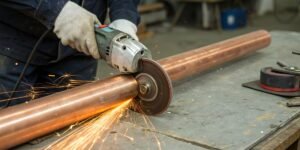
Can I use an angle grinder to cut a copper pipe?
Struggling with a quick copper pipe cut? Worried about damaging the material? An angle grinder is a fast solution, but using it wrong can be

Can an angle grinder cut meat and bones?
Struggling to cut tough bones? Thinking of grabbing your angle grinder for a quick solution? This powerful tool seems like an easy answer, but it’s
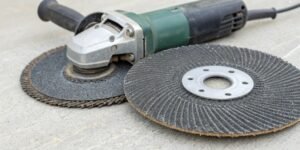
Can a metal cutting disc be used on an angle grinder?
Are you unsure about putting a metal cutting disc on your angle grinder? Using the wrong tool combination is a real safety hazard. But with
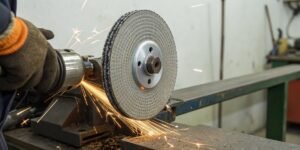
What is the best grinding wheel for cutting aluminum alloys?
Struggling to cut aluminum without your grinding wheels clogging up? This common problem wastes time, ruins your workpiece, and drives up costs, turning a simple

What does an angle grinder do that other tools can't?
Struggling with tools for multiple tasks? Carrying a heavy toolbox is inefficient. An angle grinder replaces many tools, saving you time and effort on the
